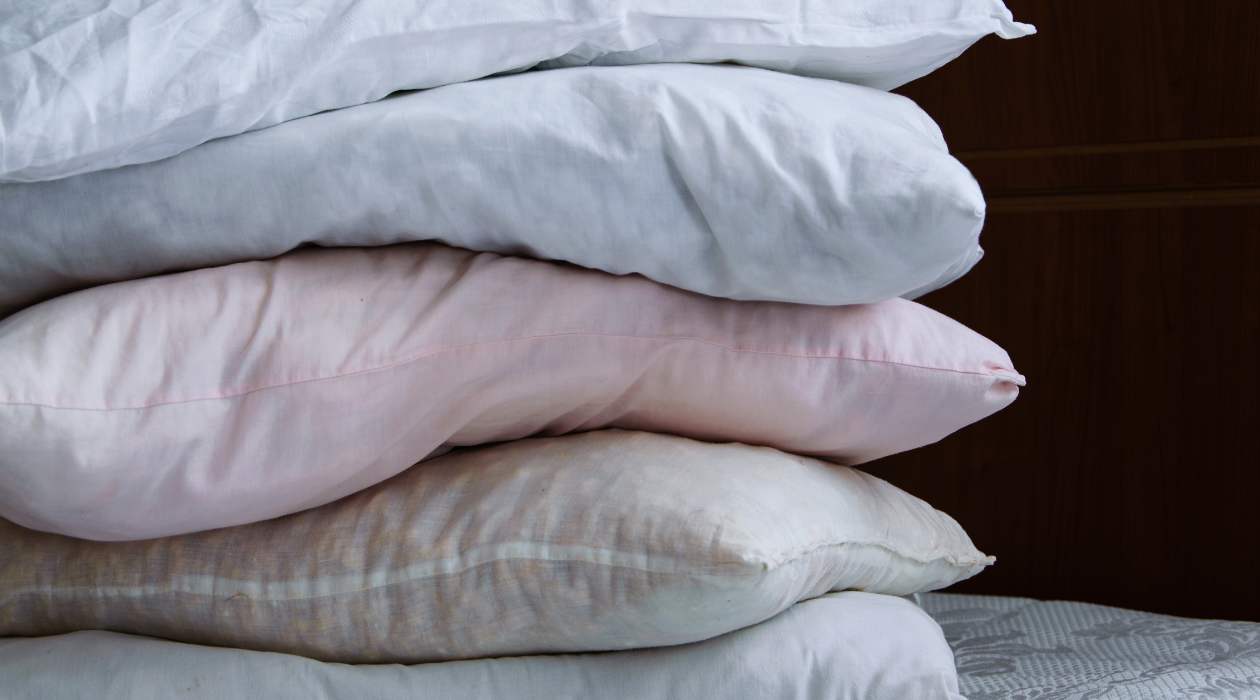

Articles
How To Get Blood Stains Out Of Pillows
Modified: August 16, 2024
Learn effective methods for removing blood stains from pillows with these informative articles. Say goodbye to stubborn stains and restore the freshness of your pillows.
(Many of the links in this article redirect to a specific reviewed product. Your purchase of these products through affiliate links helps to generate commission for Storables.com, at no extra cost. Learn more)
Introduction
Blood stains on pillows can be a common occurrence, whether from a nosebleed, a cut, or an unexpected accident. These stains not only look unsightly, but they can also harbor bacteria and allergens which can impact the overall cleanliness and hygiene of your pillows. Therefore, it is important to promptly and effectively remove blood stains to ensure the longevity and cleanliness of your pillows.
In this article, we will explore various methods to get blood stains out of pillows. These methods utilize simple household ingredients and proven techniques to tackle even the toughest stains. By following these steps, you can restore your pillows to their original state and ensure a clean and comfortable sleeping environment.
Key Takeaways:
- Act quickly to remove blood stains from pillows using household ingredients like salt, baking soda, lemon juice, or vinegar. Follow precautions and care tips to maintain a clean and hygienic sleeping environment.
- Consider professional cleaning for stubborn blood stains or delicate pillows. Follow post-stain removal care tips to extend the life of your pillows and create a comfortable sleeping environment.
Read more: How To Get A Blood Stain Out Of A Carpet
The Importance of Removing Blood Stains from Pillows
When blood stains are left untreated on pillows, they not only present an unsightly appearance, but they can also lead to several negative consequences. Here are a few reasons why it is important to promptly remove blood stains from pillows:
- Hygiene: Blood stains on pillows can become a breeding ground for bacteria, fungi, and dust mites. These organisms can exacerbate allergies, respiratory issues, and skin irritations, making it essential to maintain a clean sleeping environment.
- Odor: As blood stains linger on pillows, they can emit an unpleasant odor. This can negatively impact your sleep quality and overall comfort, making it crucial to eliminate the stains and the accompanying odor.
- Longevity: Blood stains can weaken the fibers of your pillows over time. If left untreated, they may lead to permanent damage or discoloration, reducing the lifespan of your pillows. Regular stain removal can help maintain the quality and durability of your pillows.
- Presentation: Blood stains can be highly visible on light-colored or white pillows, affecting the overall appearance of your bedding. Removing these stains can help restore the aesthetic appeal of your pillows and enhance the visual appeal of your bedroom.
By understanding the importance of removing blood stains from pillows, you can take the necessary steps to ensure the cleanliness, comfort, and longevity of your bedding. With the right techniques and materials, you can effectively eliminate these unsightly stains and enjoy a fresh and hygienic sleeping environment.
Precautions Before Cleaning
Before you start cleaning blood stains from your pillows, it’s important to take certain precautions to avoid any potential damage or adverse effects:
- Check the care label: Review the care instructions provided by the manufacturer to ensure you are using the appropriate cleaning method for your specific type of pillow.
- Test in an inconspicuous area: Before applying any cleaning solution or method to the entire pillow, test it on a small, hidden area to check for any adverse reactions or color fading.
- Avoid hot water: Using hot water to clean blood stains may set the stain and make it more difficult to remove. Stick to cold or lukewarm water for best results.
- Blot, don’t rub: When treating blood stains, avoid vigorously rubbing the fabric. Instead, gently blot the stain with a clean cloth or paper towel to avoid spreading it further.
- Avoid harsh chemicals: While some cleaning solutions may effectively remove blood stains, they can also damage sensitive pillow materials. Always opt for gentle, non-toxic cleaners to protect your pillows.
- Read ingredient labels: If using commercial stain removers, carefully read the ingredient labels to ensure they are safe for use on your pillows and won’t cause any adverse reactions or damage.
- Follow recommended waiting times: Some cleaning methods require allowing the cleaning solution to sit on the stain for a certain period of time. Be sure to follow the instructions provided to ensure effective stain removal.
- Keep proper ventilation: Open windows or use fans to ensure proper air circulation while cleaning. This can help speed up the drying process and prevent the growth of mold or mildew.
By taking these precautions, you can minimize the risk of damage to your pillows and achieve effective blood stain removal without compromising their quality or longevity. It’s always better to err on the side of caution when it comes to cleaning your pillows.
Method 1: Cold Water and Salt
Cold water and salt can be a simple yet effective combination for removing blood stains from pillows. Follow these steps:
- Act quickly: As soon as you notice a blood stain, it’s important to act quickly for better stain removal results.
- Remove excess blood: Use a clean cloth or paper towel to gently blot and remove as much of the blood as possible before proceeding with the cleaning process.
- Rinse with cold water: Hold the stained area under cold running water to help flush out the remaining blood. Be careful not to use hot water as it can set the stain.
- Create a salt paste: In a small bowl, mix 4 tablespoons of salt with just enough cold water to form a paste-like consistency.
- Apply the salt paste: Gently apply the salt paste to the blood stain, covering it completely. Ensure the paste is evenly spread and covers the entire stained area.
- Let it sit: Allow the salt paste to sit on the stain for approximately 30 minutes. This will give the salt enough time to draw out the blood and absorb the stain.
- Rinse thoroughly: Rinse the pillow under cold water until the water runs clear, ensuring all the salt paste is removed.
- Dry the pillow: Squeeze out any excess water from the pillow and allow it to air dry completely before using it again.
This method works well for fresh blood stains. The salt helps to break down the proteins in the blood, making it easier to remove. If the stain persists, you can repeat the process or try alternative methods for stubborn blood stains.
It’s important to note that this method may not be suitable for certain types of pillows, such as down or feather pillows, as the salt can absorb moisture and affect their texture. Always consult the care instructions provided by the manufacturer before attempting any cleaning method.
Method 2: Hydrogen Peroxide
Hydrogen peroxide is a powerful stain remover that can effectively eliminate blood stains from pillows. Follow these steps to use hydrogen peroxide:
- Gather your supplies: Prepare a clean cloth or paper towel, a small bowl, hydrogen peroxide (3% concentration), and cold water.
- Blot the stain: Start by blotting the blood stain with a clean cloth or paper towel to remove any excess blood.
- Mix the solution: In a small bowl, combine one part hydrogen peroxide with two parts cold water. For example, if you use 1/4 cup hydrogen peroxide, mix it with 1/2 cup cold water.
- Pre-test: Before applying the solution to the entire stain, test it on a small, inconspicuous area of the pillow to ensure it does not cause any discoloration or damage.
- Apply the solution: Gently pour or spray the hydrogen peroxide solution onto the blood stain. Ensure that the stain is completely saturated with the solution.
- Let it sit: Allow the solution to work on the stain for approximately 15-20 minutes. This will help to break down the blood and loosen the stain.
- Blot the stain: After the waiting time, use a clean cloth or paper towel to blot the stain, working from the outside towards the center. Avoid rubbing the stain, as this can spread it further.
- Rinse and dry: Rinse the pillow under cold water to remove the remaining solution and blood residue. Squeeze out any excess water and allow the pillow to air dry completely.
Hydrogen peroxide is effective in treating blood stains as it contains oxygen that helps to break down the blood components. However, it’s important to use a 3% concentration of hydrogen peroxide, as higher concentrations can bleach or damage the fabric.
Remember to read and follow the instructions provided by the pillow manufacturer to prevent any potential damage to the pillow fabric or filling.
Read more: How To Get Blood Stains Out Of White Duvet
Method 3: Enzyme Cleaner
An enzyme cleaner is a great option for removing tough blood stains from pillows. Enzymes in the cleaner help to break down the proteins in the blood, making it easier to lift the stain. Follow these steps to use an enzyme cleaner:
- Gather your supplies: Prepare an enzyme cleaner specifically designed for removing stains, a clean cloth or sponge, and cold water.
- Blot the stain: Start by gently blotting the blood stain with a clean cloth or sponge to remove any excess blood. Avoid rubbing or scrubbing, as this can spread the stain further.
- Apply the enzyme cleaner: Follow the instructions on the enzyme cleaner bottle and apply it directly onto the blood stain. Ensure that the stain is thoroughly saturated with the cleaner.
- Let it sit: Allow the enzyme cleaner to sit on the stain for the recommended amount of time. This could vary depending on the brand and type of cleaner you are using, so refer to the instructions provided.
- Blot the stain: After the designated waiting time, gently blot the stained area with a clean cloth or sponge. Be careful not to rub the stain, as this can cause it to spread and become more difficult to remove.
- Rinse and dry: Rinse the pillow under cold water to remove any residue from the enzyme cleaner. Squeeze out excess water and allow the pillow to air dry completely.
- Check for any remaining stain: Once the pillow is dry, inspect it for any remaining blood stain. If necessary, repeat the process or try an alternative method to completely eliminate the stain.
Enzyme cleaners are effective in breaking down protein-based stains like blood. However, it’s important to carefully follow the instructions provided by the cleaner manufacturer to achieve optimal results and prevent any potential damage to the pillow fabric.
Always perform a patch test on a small, inconspicuous area of the pillow before using an enzyme cleaner to ensure compatibility with the fabric and avoid any adverse reactions.
Method 4: Baking Soda and Water Paste
Baking soda is a versatile household ingredient that can effectively remove blood stains from pillows. When combined with water, it forms a paste that helps to break down and lift the stain. Follow these steps to use a baking soda and water paste:
- Create the paste: In a small bowl, mix equal parts of baking soda and water to create a thick paste. Start with 1-2 tablespoons of each ingredient and adjust as needed to achieve the desired consistency.
- Spread the paste: Gently spread the baking soda and water paste over the blood stain, ensuring that the paste covers the entire stained area. Use a clean cloth or your fingers to apply the paste evenly.
- Let it sit: Allow the baking soda and water paste to sit on the stain for approximately 30 minutes. This gives the paste enough time to penetrate the fabric and break down the blood stain.
- Scrub gently: After the waiting time, use a soft-bristled brush or a clean cloth to gently scrub the stained area in circular motions. This helps to lift the stain and remove it from the fabric.
- Rinse thoroughly: Rinse the pillow under cold water to remove the baking soda paste and any remaining blood residue. Ensure that all the paste is thoroughly rinsed out.
- Dry the pillow: Squeeze out any excess water from the pillow and allow it to air dry completely before using it again.
Baking soda is known for its stain-lifting and deodorizing properties, making it a popular choice for removing various types of stains. However, it’s important to note that baking soda can have a slightly abrasive nature, so it’s always best to test it on a small, inconspicuous area of the pillow first to ensure that it doesn’t cause any damage or discoloration.
This method is particularly effective for fresh blood stains. For older or more stubborn stains, you may need to repeat the process or try alternative methods to completely eliminate the stain.
Mix cold water and a small amount of mild detergent, then gently blot the blood stain with the solution. Rinse with cold water and repeat if necessary. Avoid using hot water as it can set the stain.
Method 5: Lemon Juice
Lemon juice is a natural and acidic ingredient that can help break down and lift blood stains from pillows. Follow these steps to use lemon juice:
- Gather your supplies: Prepare fresh lemon juice (or bottled lemon juice without added sugar), a clean cloth or sponge, and cold water.
- Blot the stain: Start by gently blotting the blood stain with a clean cloth or sponge to remove any excess blood. Avoid rubbing or scrubbing, as this can spread the stain further.
- Apply lemon juice: Squeeze fresh lemon juice directly onto the blood stain. Alternatively, you can soak a clean cloth or sponge in lemon juice and gently dab it onto the stain.
- Let it sit: Allow the lemon juice to sit on the stain for approximately 10-15 minutes. The natural acidity of lemon juice helps break down the proteins in the blood, making it easier to remove.
- Gently blot the stain: After the waiting time, use a clean cloth or sponge to blot the stained area, working from the outside towards the center. This helps to lift the stain and remove it from the fabric.
- Rinse and dry: Rinse the pillow under cold water to remove any lemon juice residue and blood remnants. Squeeze out excess water and allow the pillow to air dry completely.
Lemon juice acts as a natural bleach and can help fade stains. However, it’s important to note that lemon juice can also have a bleaching effect on fabrics, especially when exposed to sunlight. So, it’s advisable to keep colored or patterned pillows away from direct sunlight while using this method.
Remember to perform a patch test on a small, inconspicuous area of the pillow before applying lemon juice to ensure compatibility with the fabric and to prevent any potential discoloration or damage.
If the blood stain persists after using lemon juice, you may need to repeat the process or try an alternative method to completely eliminate the stain.
Method 6: Vinegar
Vinegar is an excellent natural cleaning agent that can help remove blood stains from pillows. Its acidic properties help break down the proteins in the blood, making it easier to lift the stain. Follow these steps to use vinegar:
- Gather your supplies: Prepare white vinegar, a clean cloth or sponge, and cold water.
- Blot the stain: Begin by gently blotting the blood stain with a clean cloth or sponge to remove any excess blood. Avoid rubbing or scrubbing, as this can spread the stain further.
- Dilute the vinegar: In a small bowl, mix equal parts cold water and white vinegar. For example, you can mix 1/2 cup of water with 1/2 cup of vinegar.
- Apply the solution: Dip a clean cloth or sponge into the vinegar and water solution, then gently dab it onto the blood stain. Ensure that the stain is thoroughly saturated with the solution.
- Let it sit: Allow the vinegar solution to sit on the stain for approximately 15-20 minutes. This will give the vinegar enough time to break down the blood and loosen the stain.
- Gently blot the stain: After the waiting time, use a clean cloth or sponge to blot the stained area, working from the outside towards the center. This helps to lift the stain and remove it from the fabric.
- Rinse and dry: Rinse the pillow under cold water to remove any vinegar residue and blood remnants. Squeeze out any excess water and allow the pillow to air dry completely.
Vinegar is an effective natural cleaner for blood stains; however, its strong odor might linger on the pillow temporarily. The odor will dissipate as the pillow dries. If the smell persists, you can place the pillow in a well-ventilated area or use baking soda as a natural deodorizer.
Make sure to check the care instructions provided by the pillow manufacturer before using vinegar, as it may not be suitable for all types of pillows. Additionally, it’s always a good idea to perform a patch test on a small, inconspicuous area of the pillow to ensure that the vinegar solution doesn’t cause any damage or discoloration.
If the blood stain is stubborn and doesn’t completely come out with vinegar, you may need to repeat the process or try an alternative method to remove the stain entirely.
Method 7: Commercial Stain Removers
If the blood stain on your pillow is stubborn or difficult to remove with home remedies, you can turn to commercial stain removers specifically designed for tackling tough stains. Here’s how to use commercial stain removers:
- Select a suitable stain remover: Choose a commercial stain remover that is specifically formulated to remove blood stains. Read the label to ensure it is safe for the fabric of your pillow.
- Read the instructions: Carefully read and follow the instructions provided by the stain remover manufacturer. Each product may have specific guidelines, including the amount to use and how long to let it sit.
- Apply the stain remover: Following the instructions, apply the stain remover directly to the blood stain on your pillow. Ensure that the stain is completely covered with the product.
- Let it sit: Allow the stain remover to work on the stain for the recommended amount of time. This may vary depending on the product, so refer to the instructions provided.
- Blot or rinse: After the designated waiting time, blot the stain with a clean cloth or rinse the pillow thoroughly with cold water to remove the residue of the stain remover.
- Follow up with laundering: Depending on the instructions provided by the stain remover, you may need to launder or wash the pillow following the treatment. Follow the recommended laundering instructions for your specific pillow.
- Allow it to dry: After cleaning and laundering, allow the pillow to air dry completely before using it again.
Commercial stain removers are specifically designed to tackle tough stains like blood. They often contain enzymes and other powerful ingredients to break down the stain and thoroughly remove it. Always follow the instructions provided by the manufacturer and exercise caution while using these products.
Remember to perform a patch test on an inconspicuous area of the pillow to ensure the stain remover does not cause any adverse reactions or damage to the pillow fabric.
If the stain persists after using a commercial stain remover, it may be necessary to seek professional cleaning assistance or consult with the manufacturer for further guidance.
Tips for Effective Stain Removal
When it comes to removing blood stains from pillows, following these tips can help you achieve more effective and successful stain removal:
- Act quickly: The sooner you tackle the blood stain, the easier it will be to remove. Act promptly to prevent the stain from setting into the fabric.
- Cold water is your friend: Always use cold water to rinse or treat blood stains. Hot water can set the stain and make it more difficult to remove. Avoid using warm or hot water at any stage of the stain removal process.
- Blot, don’t rub: When cleaning the stain, avoid rubbing or scrubbing vigorously. Instead, gently blot the stain with a clean cloth or sponge to prevent the stain from spreading further.
- Use gentle motions: Whether you’re applying a cleaning solution or scrubbing the stain, use gentle circular motions or dabbing motions to avoid damaging the fabric.
- Always pre-test: Before using any cleaning solution or method on the entire stained area, perform a patch test on a small, inconspicuous area of the pillow to ensure it doesn’t cause any color fading or damage.
- Read manufacturer instructions: Consult the care instructions provided by the pillow manufacturer to understand any specific recommendations or restrictions for cleaning your pillows.
- Repeat as needed: For stubborn stains, it may be necessary to repeat the cleaning process or try alternative methods. Be patient and persistent to achieve the best results.
- Protect the surrounding fabric: Place a clean towel or cloth underneath the stained area to prevent the stain from transferring to other parts of the pillow or the surface you’re working on.
- Manage expectations: Some older or set-in blood stains may be more challenging to remove completely. While diligent cleaning efforts can significantly fade or lighten the stain, it may not completely disappear.
- Consider professional cleaning: If all else fails, or if you have delicate or valuable pillows, it may be best to seek professional cleaning assistance to avoid damaging the fabric or construction of the pillows.
By following these tips, you can increase the likelihood of successfully removing blood stains from your pillows and maintaining their cleanliness and appearance.
How to Care for Pillows After Stain Removal
After successfully removing blood stains from your pillows, it’s important to take proper care of them to ensure their longevity and cleanliness. Here are some tips to follow:
- Allow pillows to fully dry: Ensure that the pillows are thoroughly dried after stain removal. Excess moisture can lead to mold or mildew growth. Place the pillows in a well-ventilated area or use a fan to speed up the drying process.
- Fluff and reshape: Once the pillows are completely dry, fluff them up and reshape them. This will help restore their original shape and maintain their comfort and support.
- Regularly wash pillowcases: To keep your pillows clean, wash the pillowcases regularly according to the care instructions. Clean pillowcases help prevent the transfer of oils, dirt, and bacteria to the pillows.
- Use pillow protectors: Consider investing in pillow protectors, which act as a barrier between the pillow and pillowcase. These protectors help guard against stains, allergens, and dust mites, extending the pillow’s lifespan.
- Rotate and flip regularly: Rotate and flip your pillows at least once every few months. This helps distribute the wear and tear evenly and prevents uneven flattening.
- Vacuum periodically: Use a vacuum cleaner with a brush attachment to remove any dust or debris from the surface of the pillows. This helps maintain their cleanliness and freshness.
- Follow manufacturer’s recommendations: Always refer to the care instructions provided by the pillow manufacturer for specific cleaning and maintenance guidelines. Different pillow materials and constructions may require different care methods.
- Consider professional cleaning: Periodically, it may be beneficial to have your pillows professionally cleaned to ensure a thorough and deep cleaning. This is especially important for pillows that are not machine washable or have delicate materials.
- Replace when necessary: Despite proper care, pillows have a limited lifespan. If your pillows are no longer providing adequate support, have noticeable wear and tear, or have an unpleasant odor that cannot be eliminated, it may be time to replace them.
By following these care tips, you can extend the life of your pillows and create a clean and comfortable sleeping environment for years to come.
Conclusion
Removing blood stains from pillows is a crucial step in maintaining a clean and hygienic sleeping environment. Whether it’s a fresh stain or a stubborn mark, there are various effective methods to eliminate blood stains and restore the appearance and cleanliness of your pillows.
From using simple household ingredients like salt, baking soda, lemon juice, and vinegar to utilizing commercial stain removers, the methods outlined in this article provide you with a range of options to choose from based on your preference and the materials of your pillows.
Remember to follow precautions, such as performing patch tests and reading manufacturer instructions, before proceeding with any cleaning method. Act quickly to treat blood stains, avoid hot water, and use gentle blotting motions to prevent further damage.
Additionally, proper care for your pillows after stain removal is essential for their long-term maintenance. Regularly washing pillowcases, using pillow protectors, rotating and flipping the pillows, and following manufacturer’s recommendations are all key practices to keep your pillows fresh and clean.
If stains persist or if you have delicate or valuable pillows, it’s advisable to seek professional cleaning assistance to ensure optimal results.
By incorporating these stain removal techniques and practicing good pillow care, you can ensure that your pillows remain clean, comfortable, and free from unsightly blood stains. Enjoy a restful night’s sleep on pillows that are fresh, hygienic, and stain-free.
If you found these tips for removing blood stains from pillows helpful, you'll definitely appreciate more of our practical advice. Tackle other tough spots with our guide on stain removal from toilet seats. For those wanting to keep their kitchen spotless, don't miss our cleaning tips for refrigerators. Laundry day also gets a whole lot easier when you use our laundry hacks. Each guide offers straightforward, easy-to-follow instructions that make cleaning less of a chore and more of a breeze.
Frequently Asked Questions about How To Get Blood Stains Out Of Pillows
Was this page helpful?
At Storables.com, we guarantee accurate and reliable information. Our content, validated by Expert Board Contributors, is crafted following stringent Editorial Policies. We're committed to providing you with well-researched, expert-backed insights for all your informational needs.
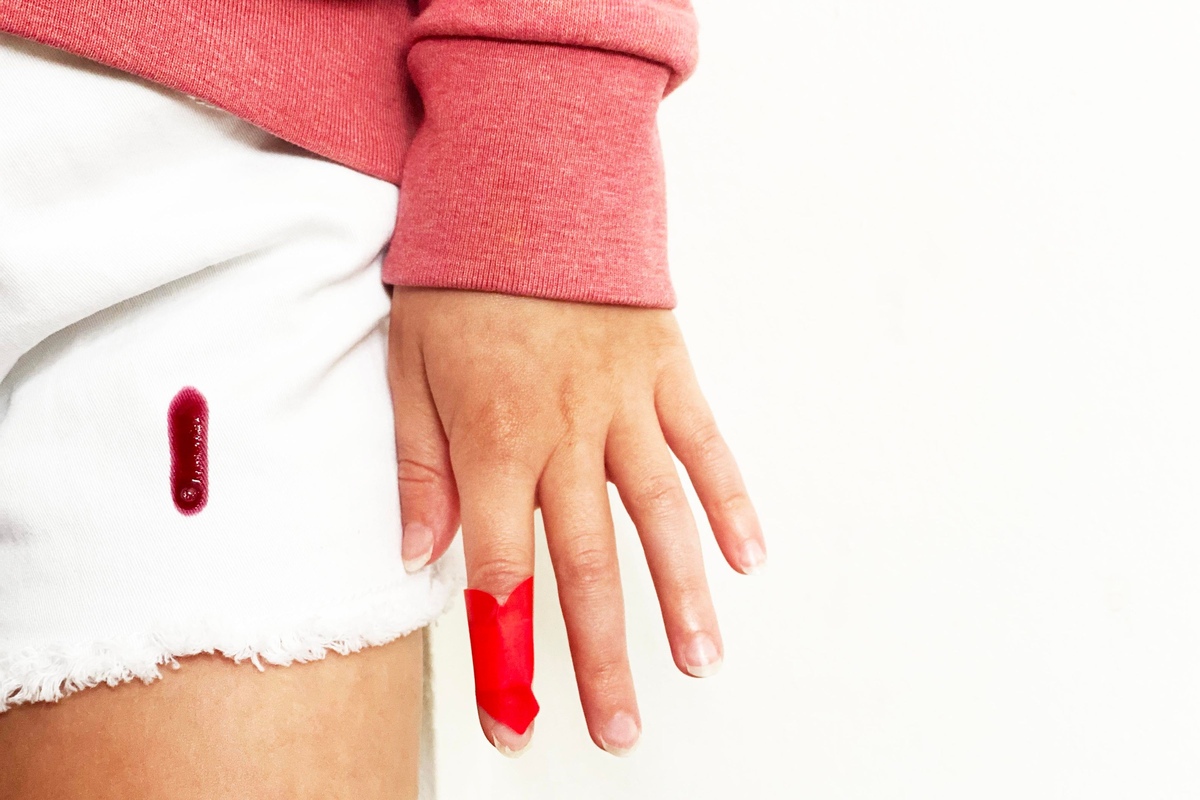
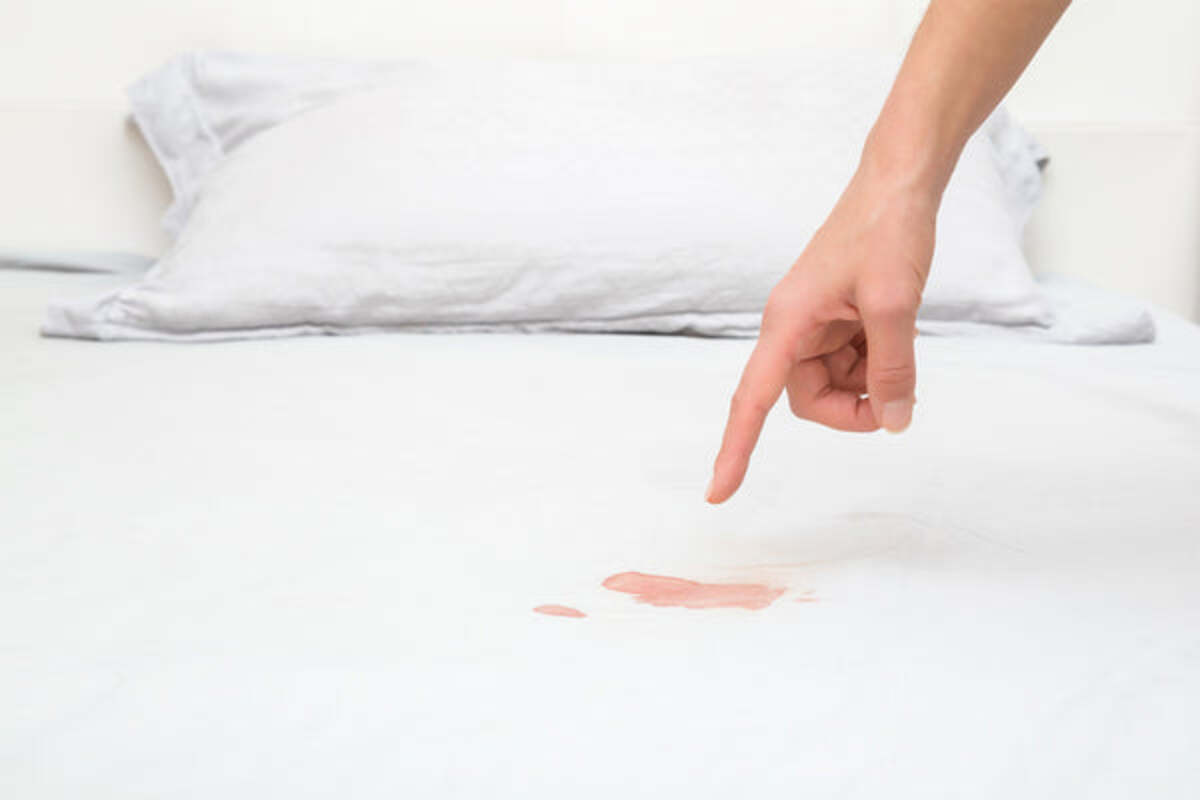
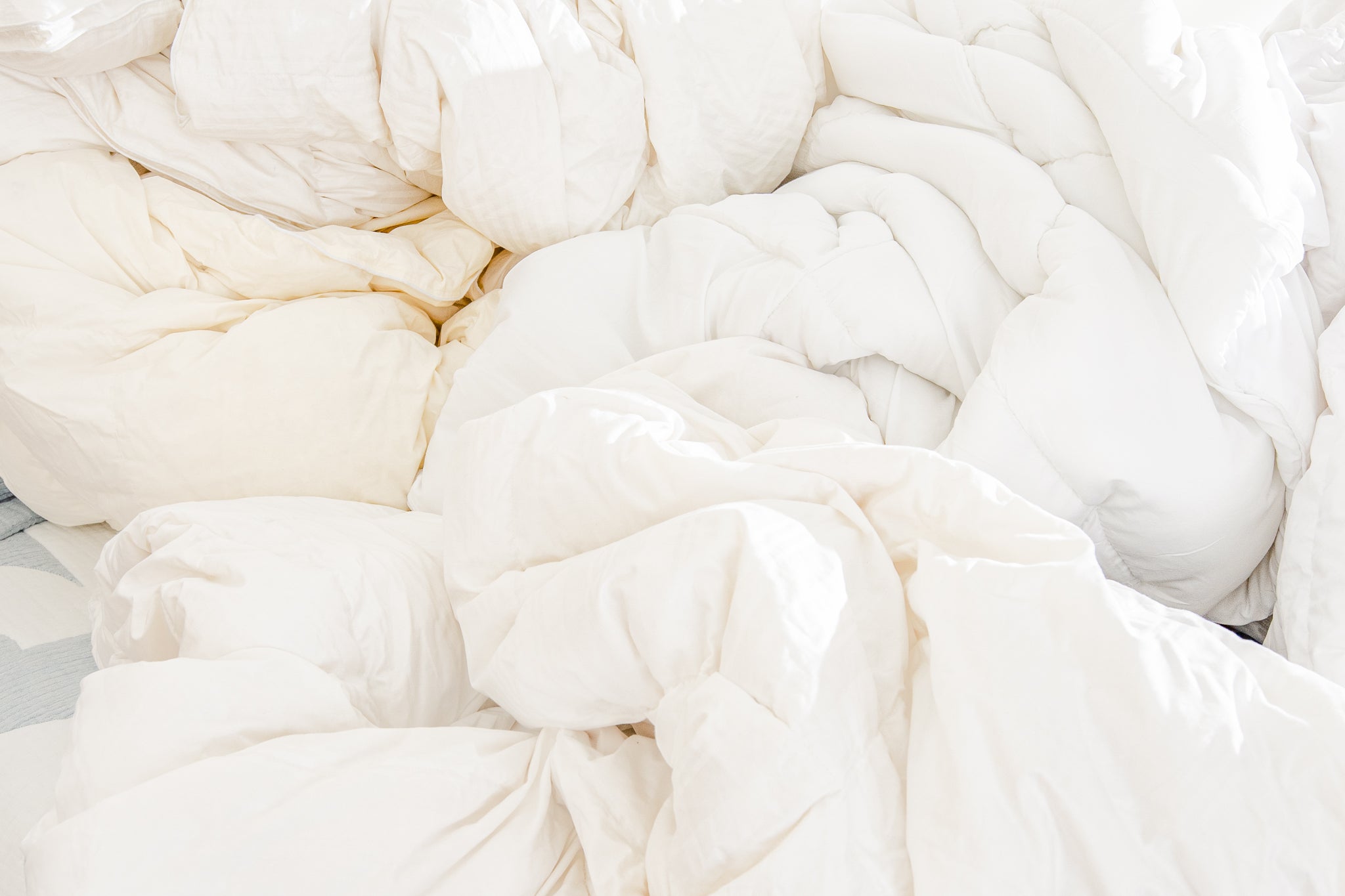
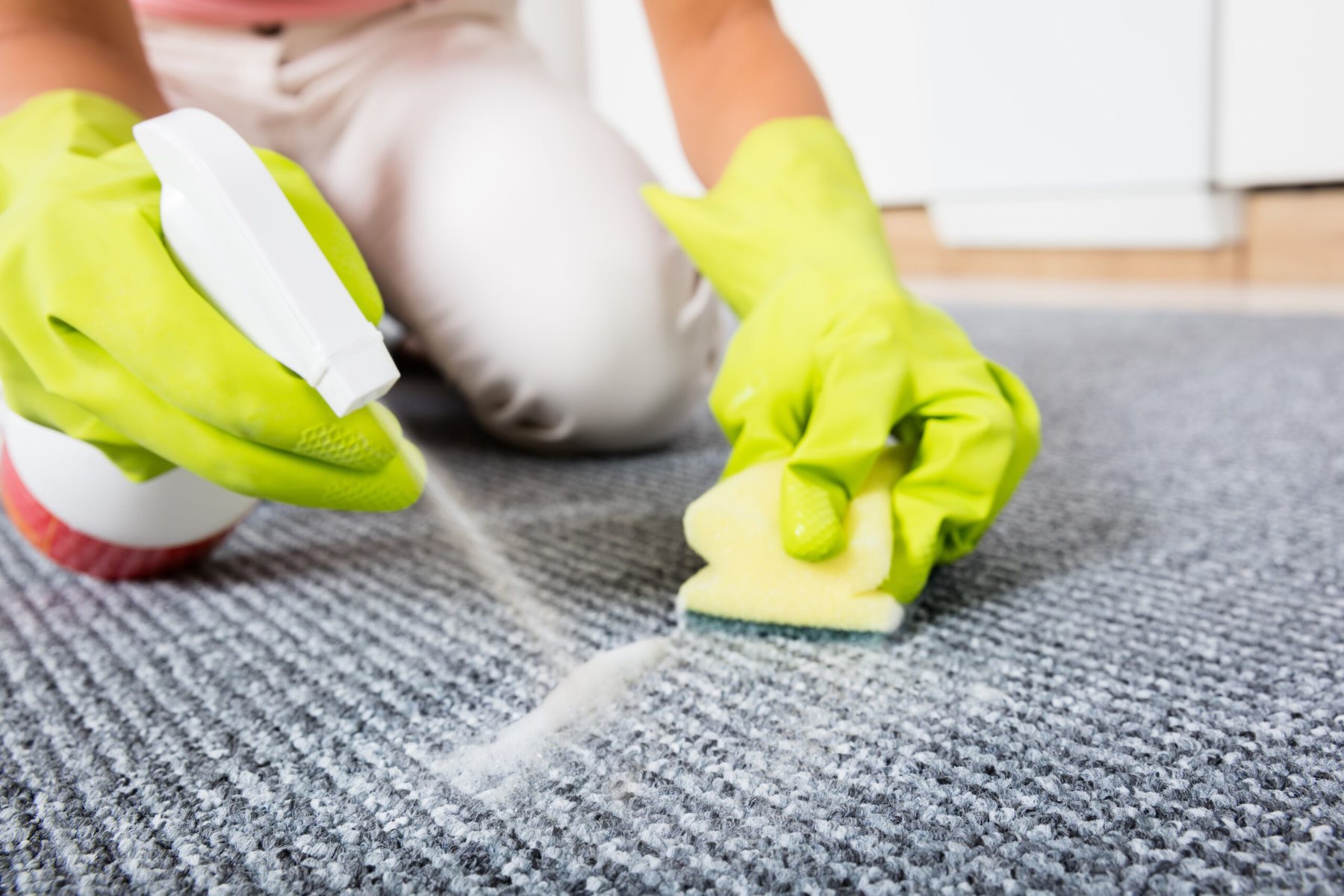
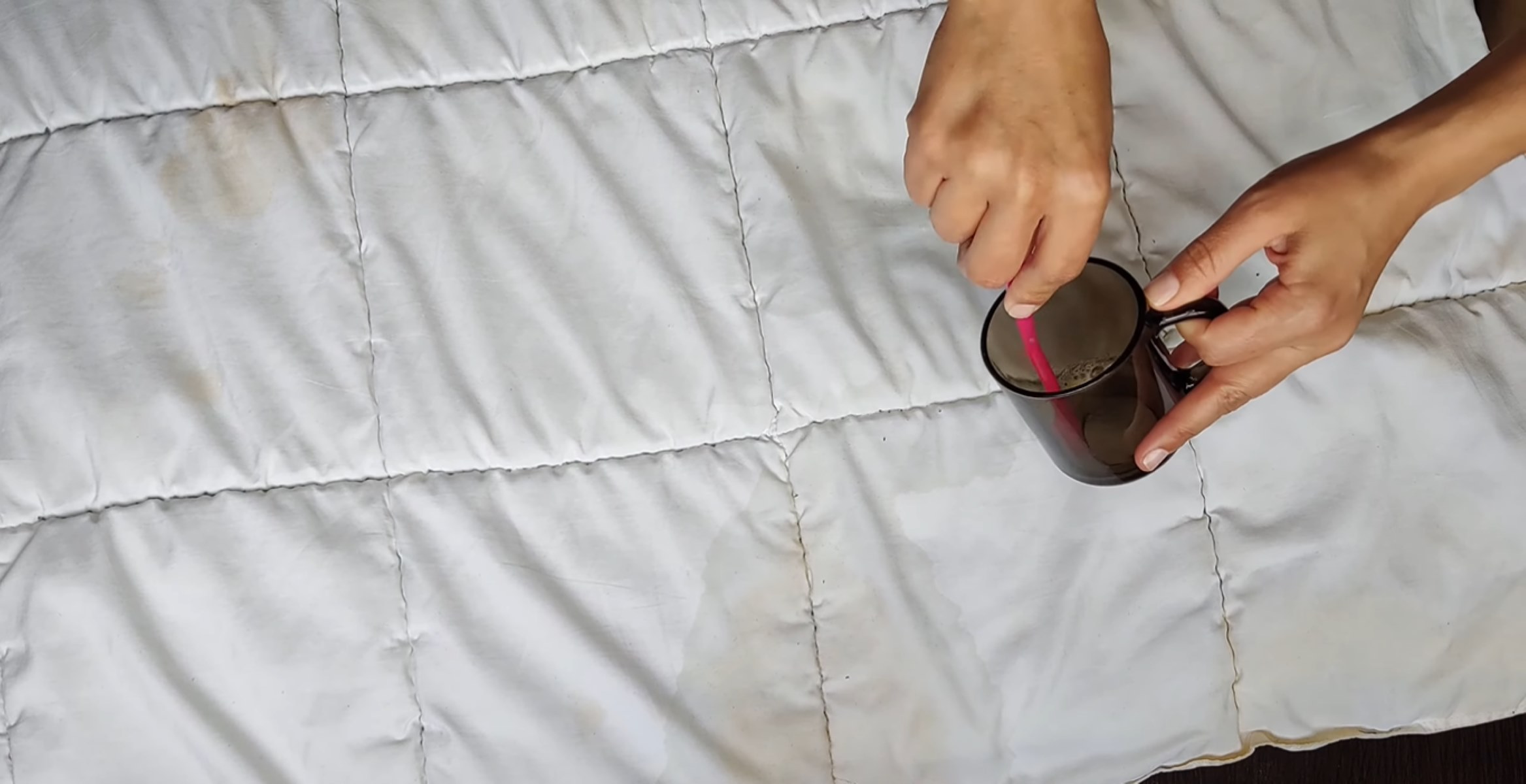
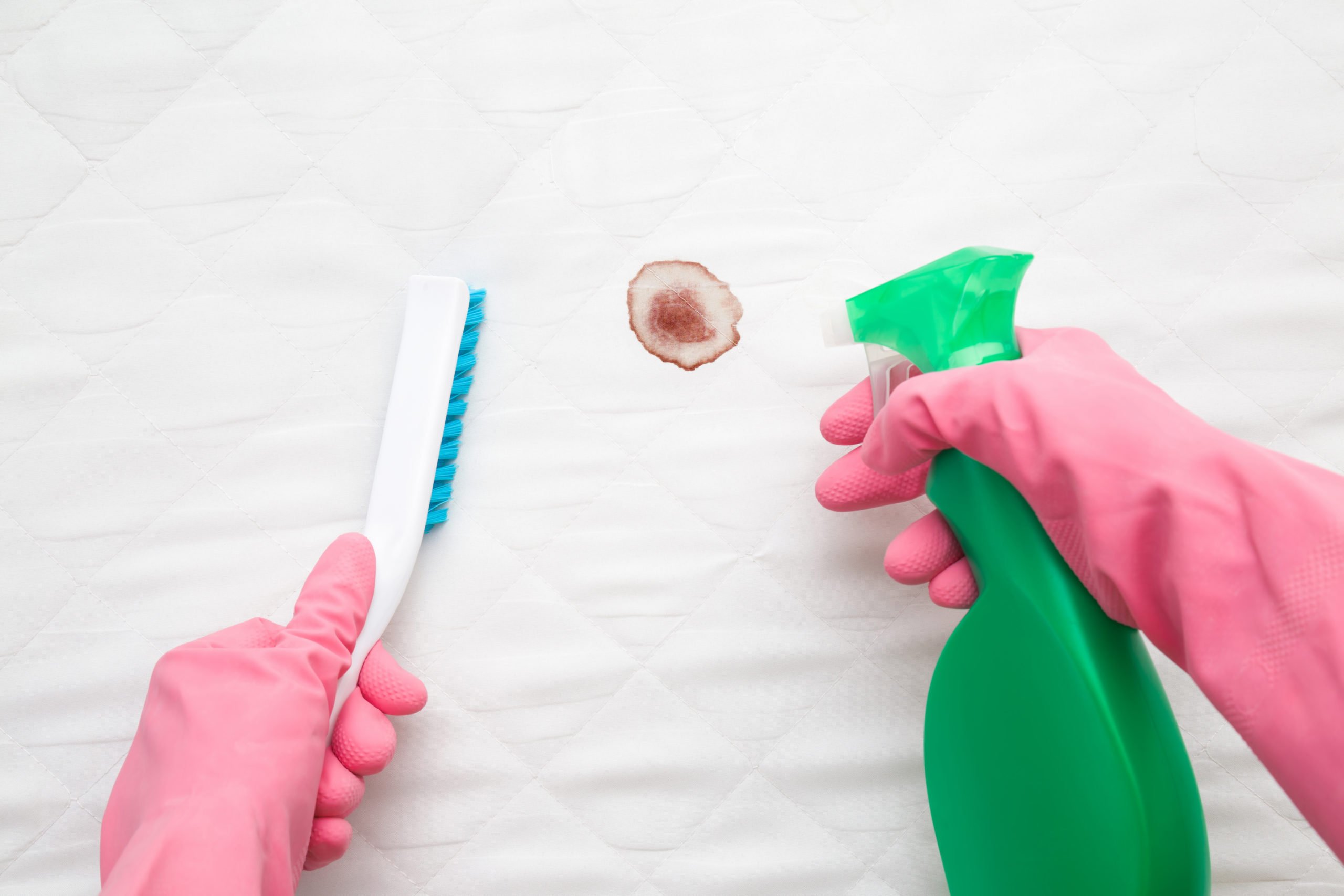
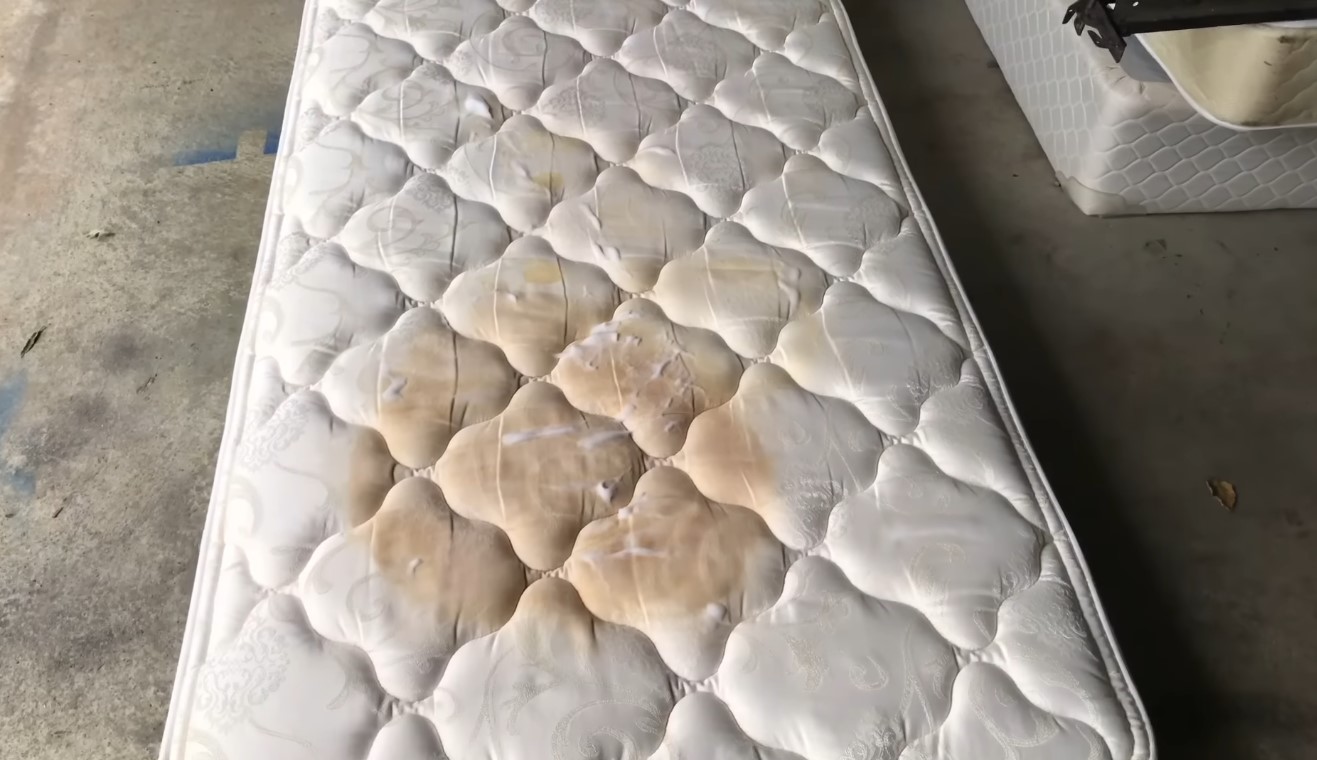
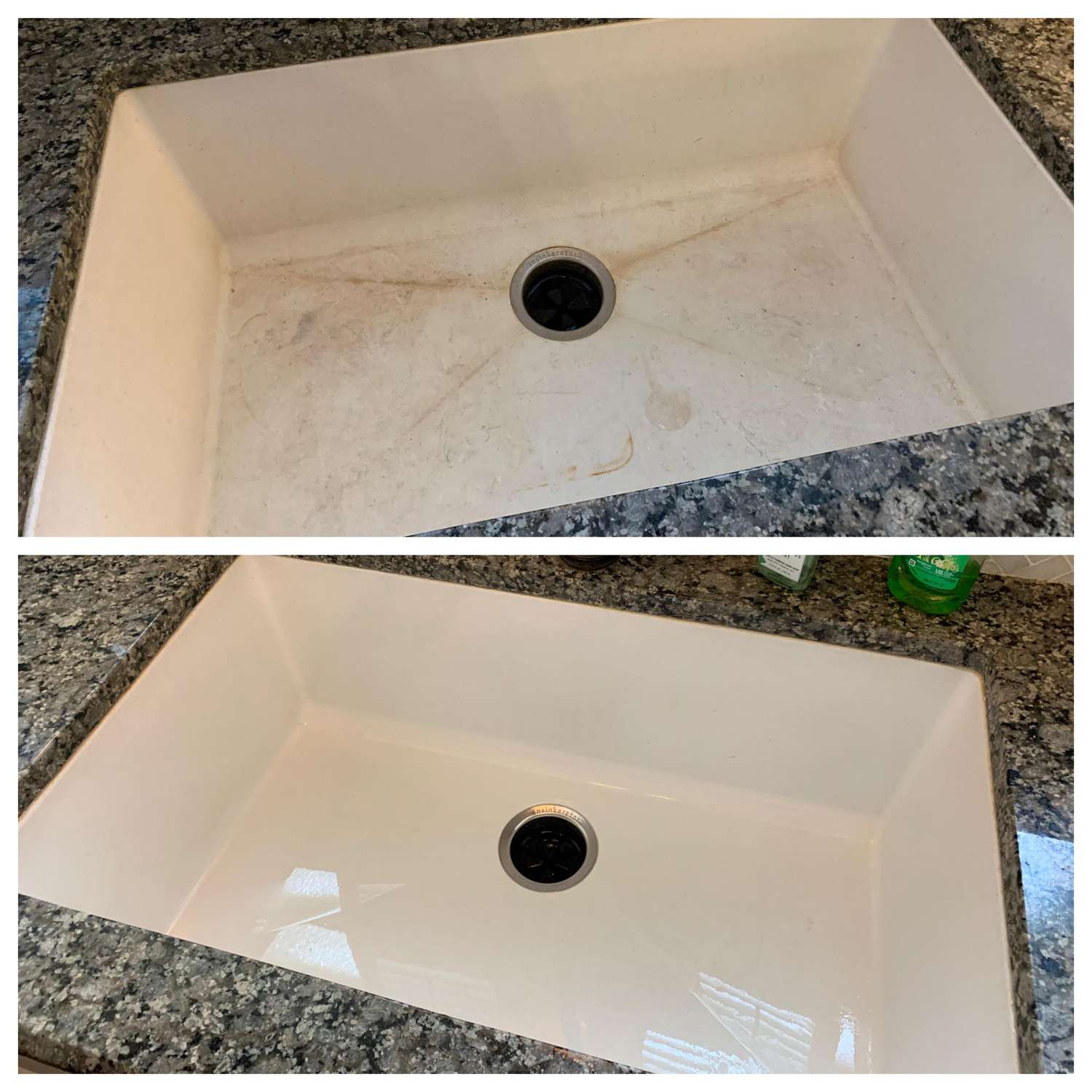
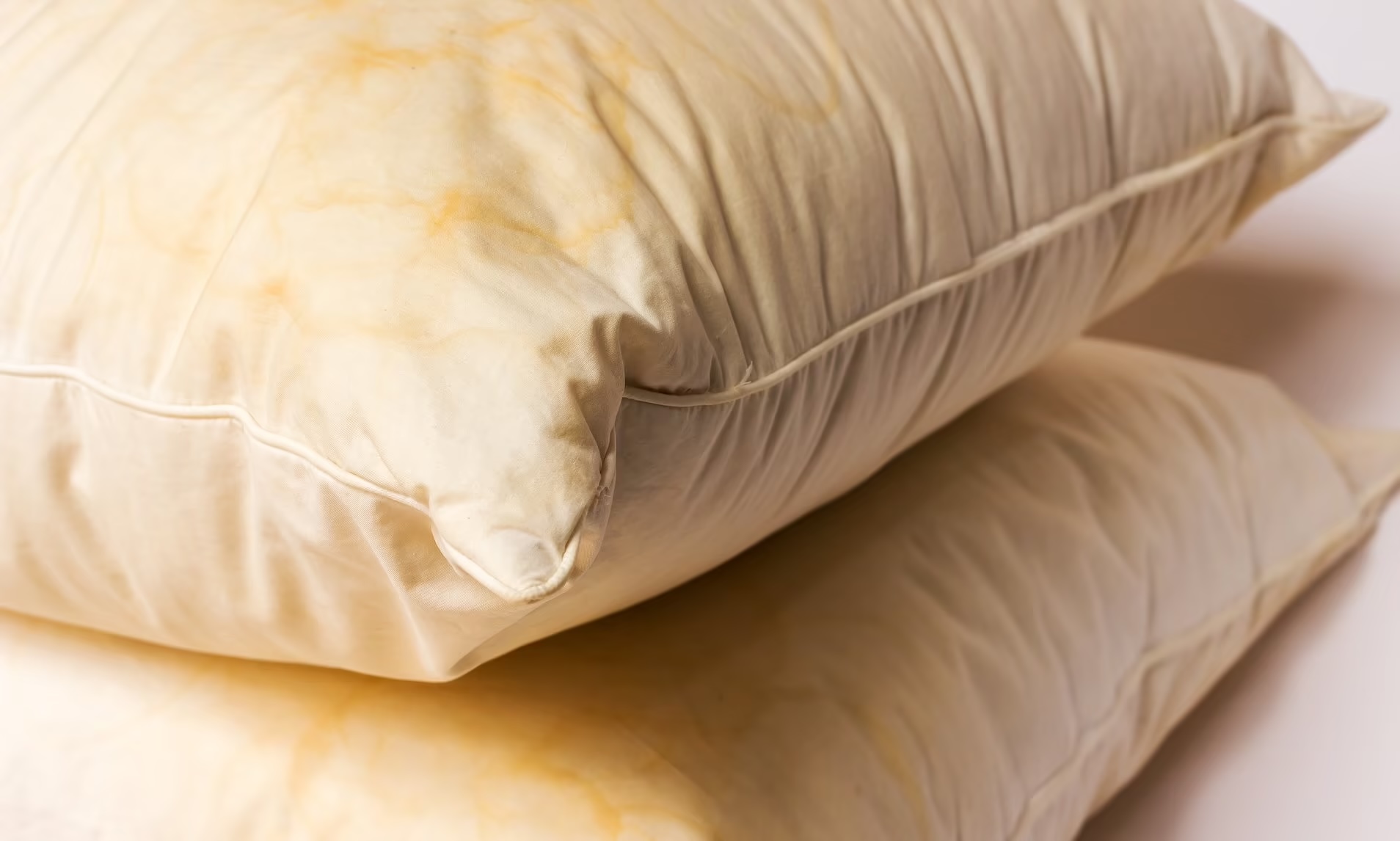
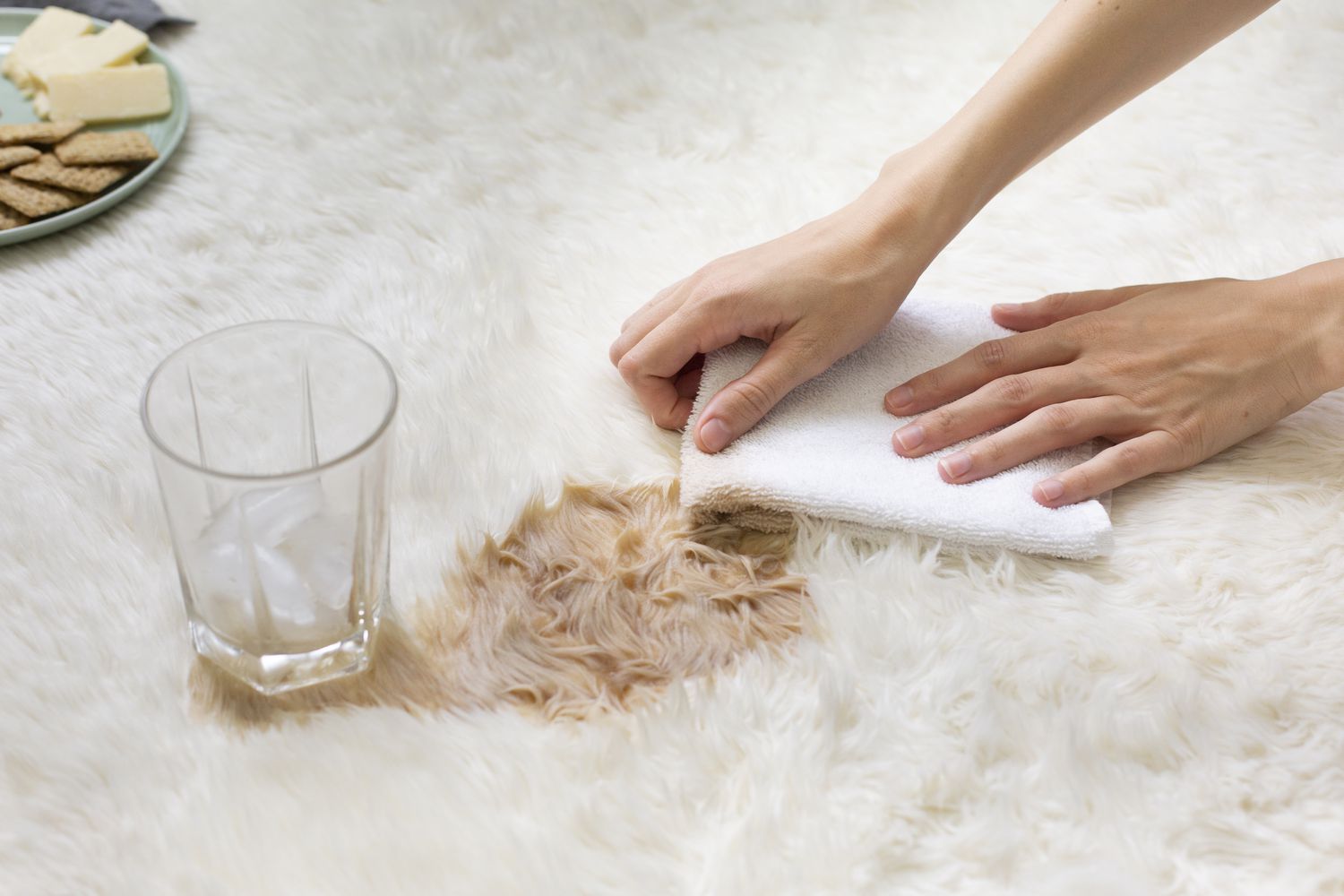
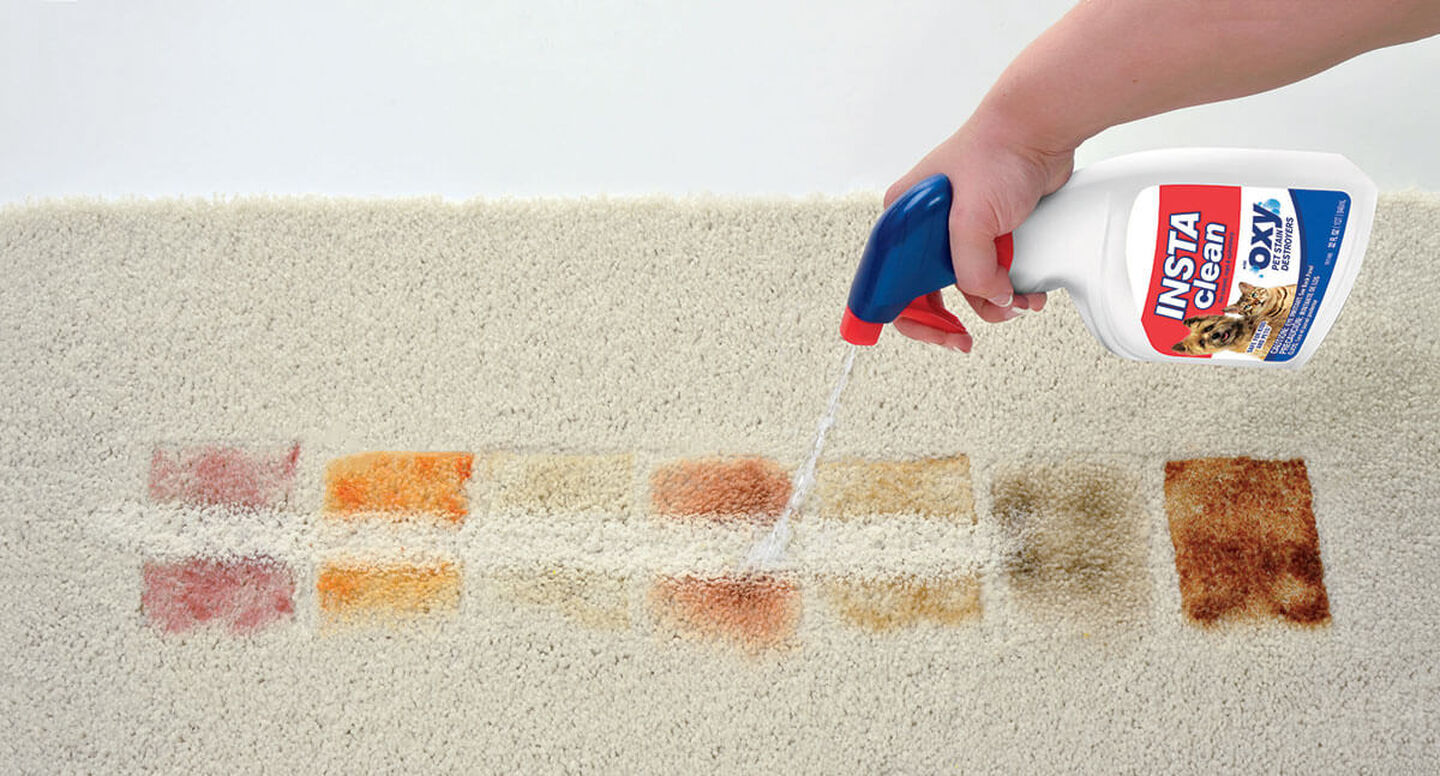
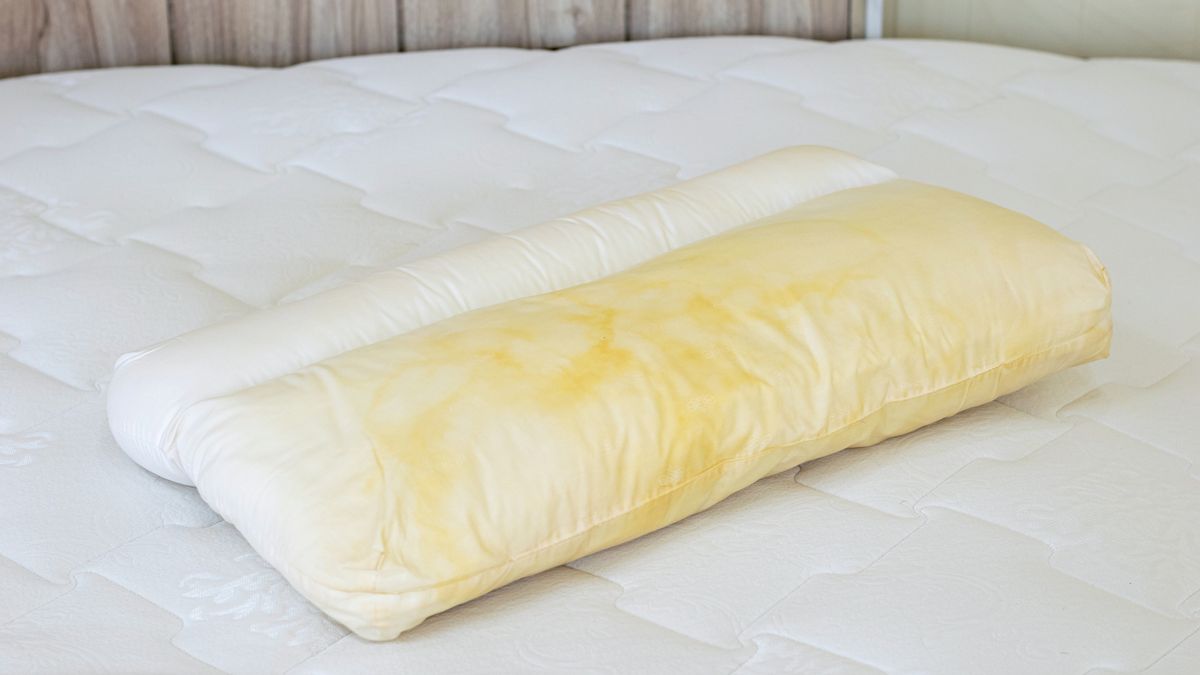
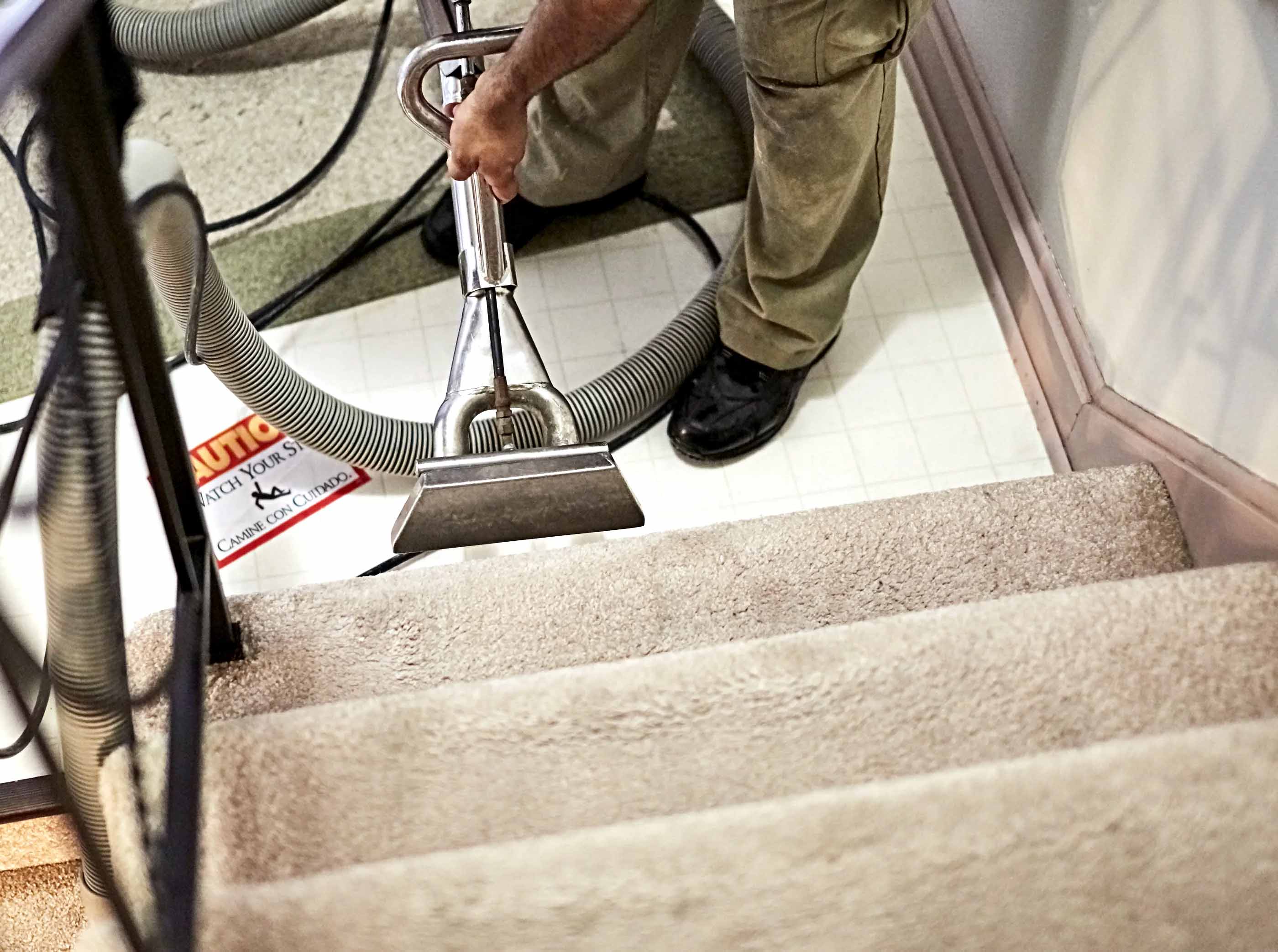

0 thoughts on “How To Get Blood Stains Out Of Pillows”